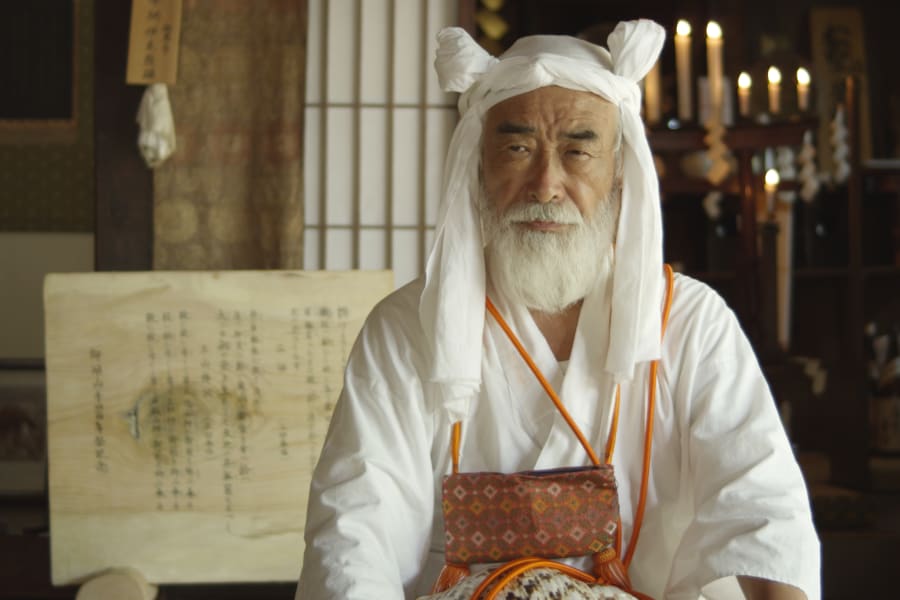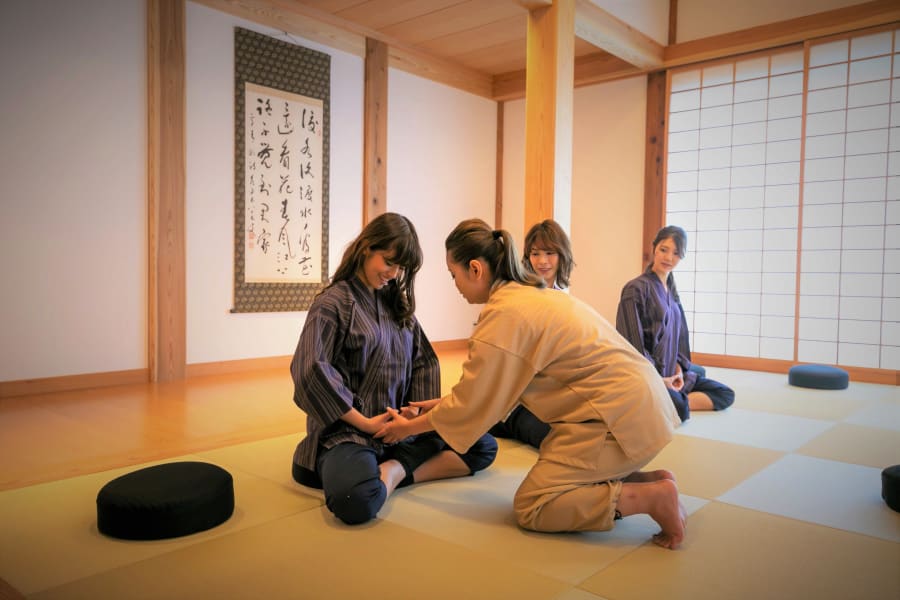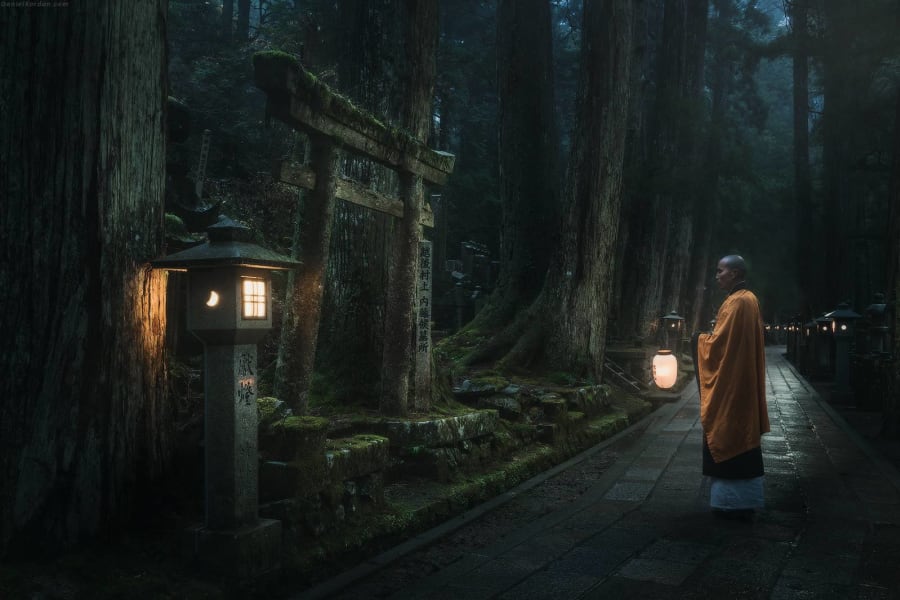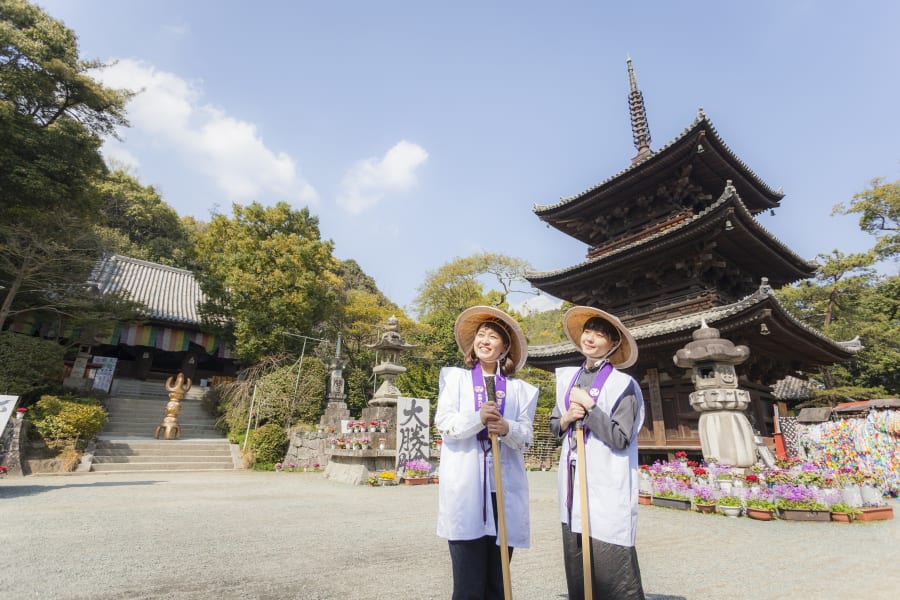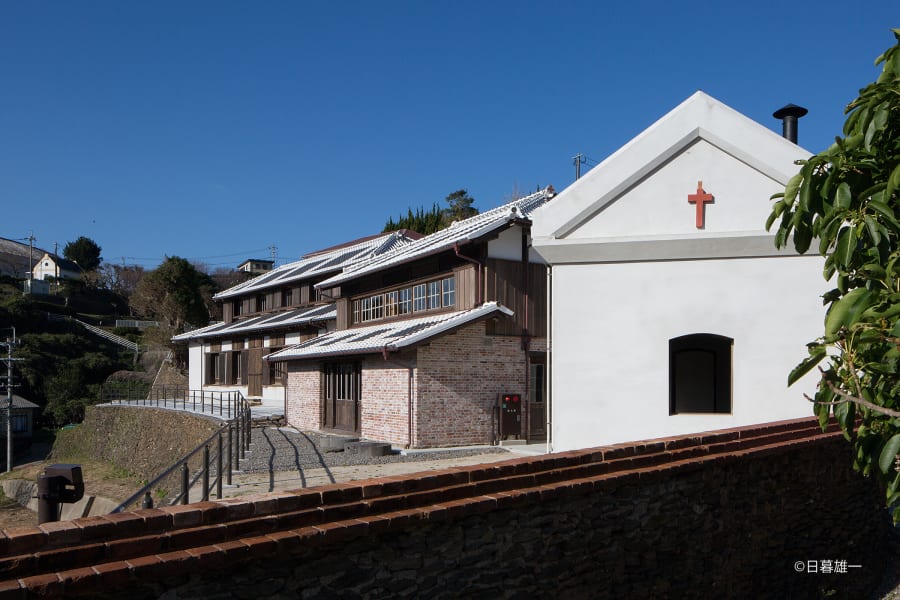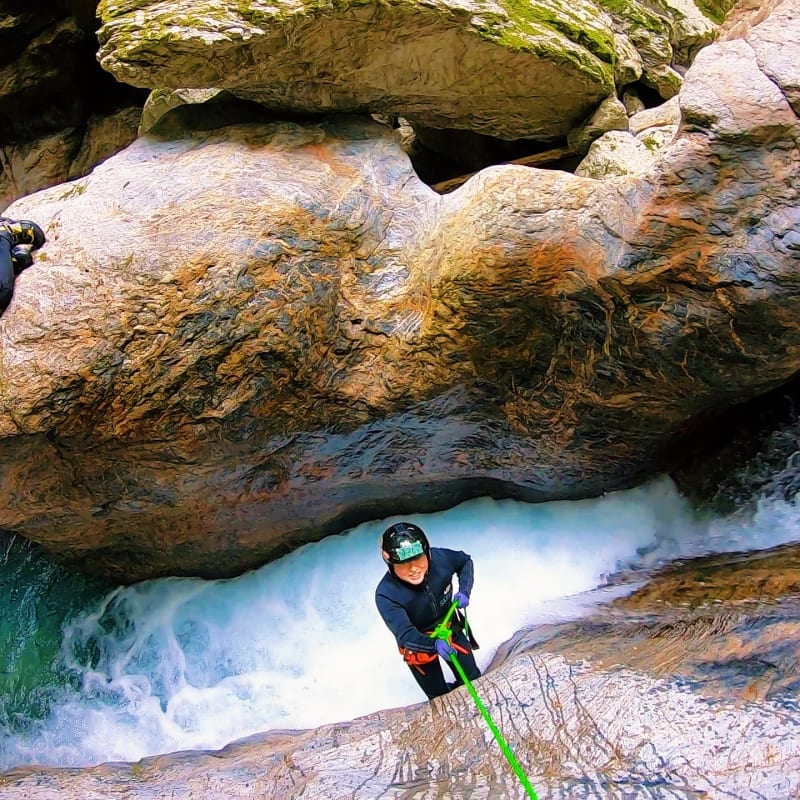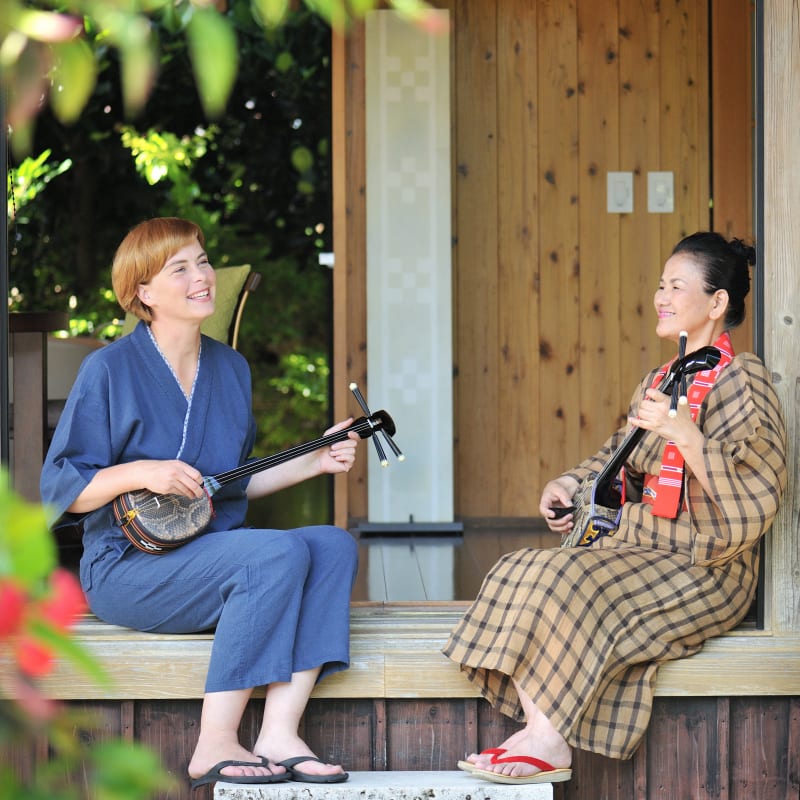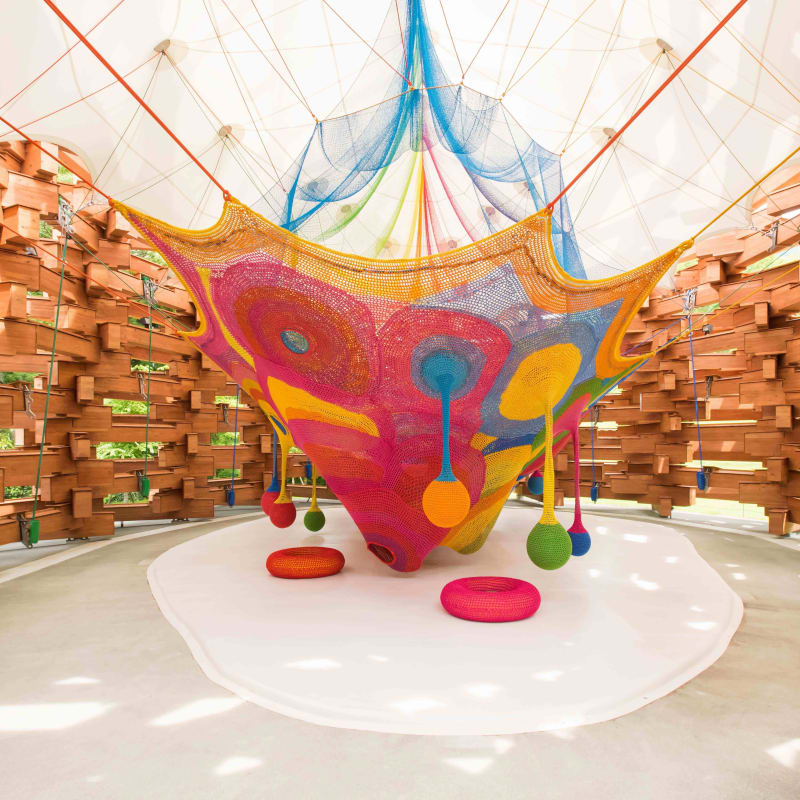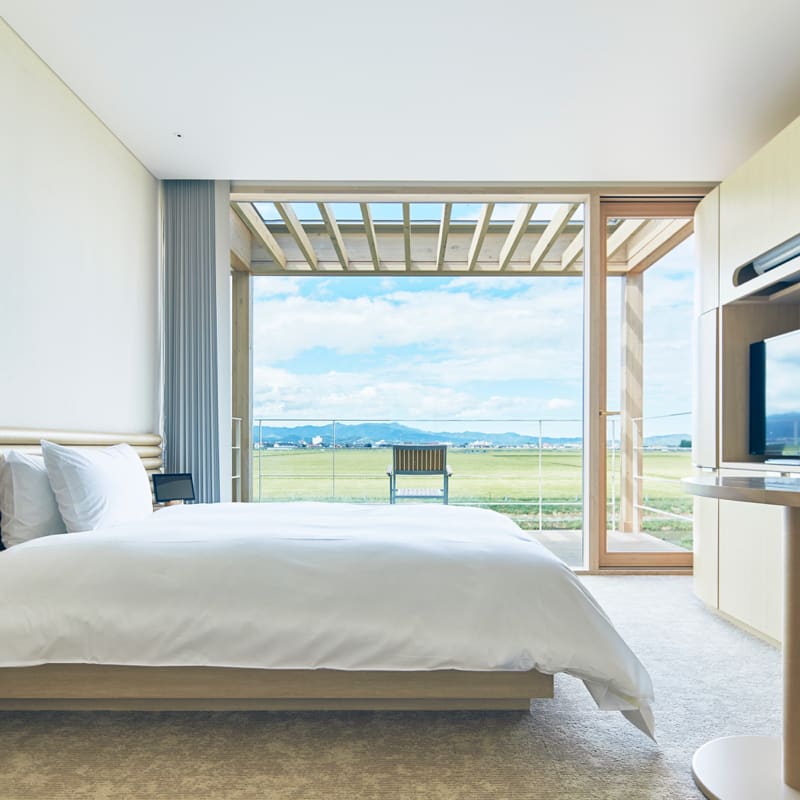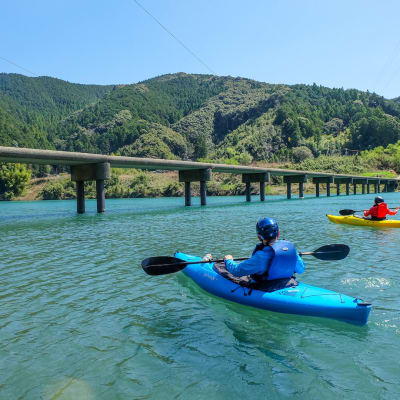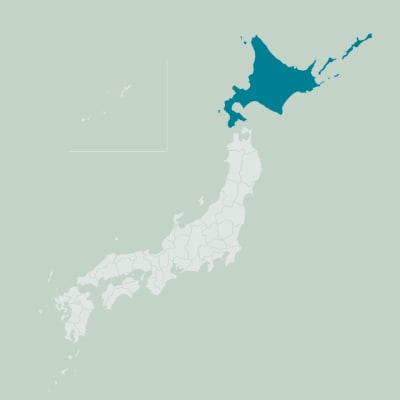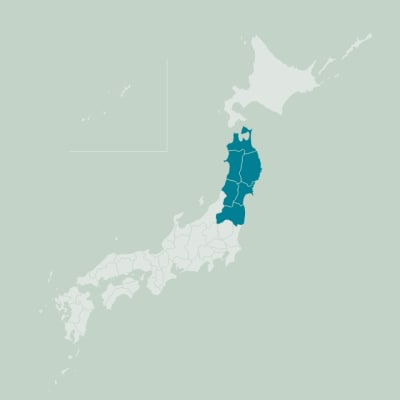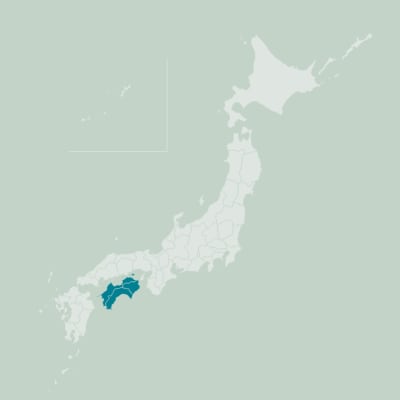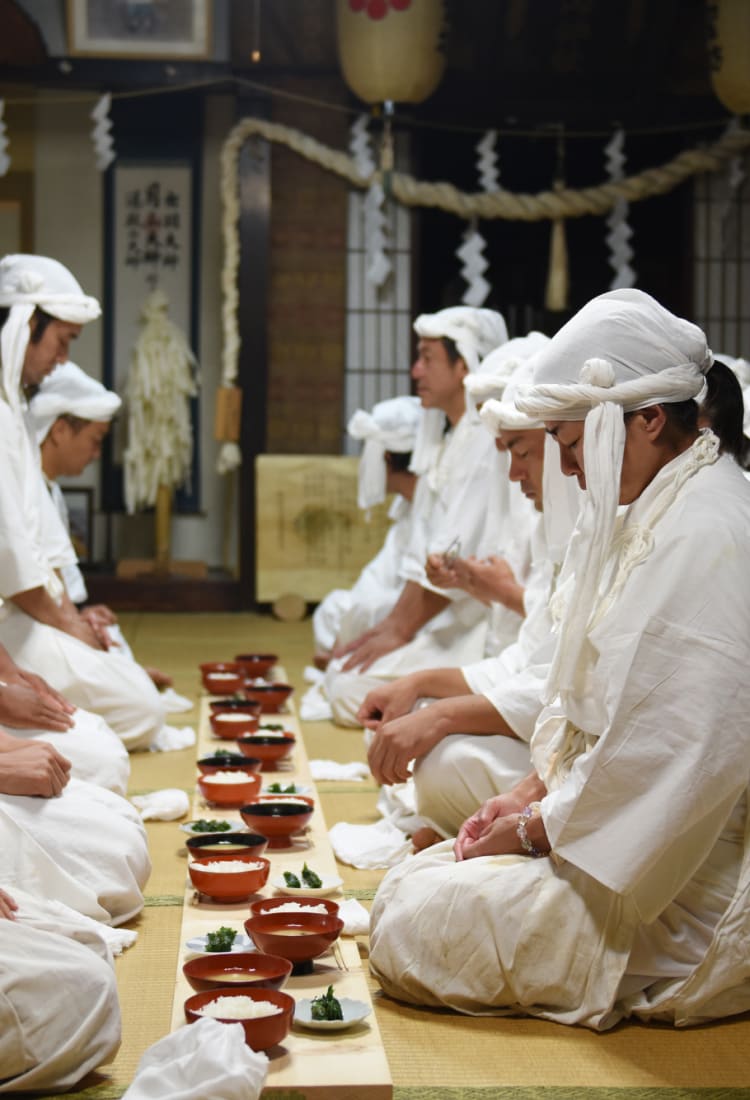
Highlighted Features Let Japan’s Spirituality Heal Both Your Body and Soul
©︎ Yamabushido
Boasting a history of over 2,000 years, Japan is replete with ancient spirits. Among those are monks who founded sects of Buddhism, adherents of a unique faith called Shugendo, and “Hidden” Christians. To heal both your body and soul while touching upon this unparalleled culture, take a tour from Yamagata in Tohoku to Fukui in Hokuriku, the Kii Peninsula in Kansai, Matsuyama in Shikoku and Nagasaki in Kyushu. Experiences at each location promise to relax and refresh, as well as educate and enlighten you, as you travel around Japan.
Take a Tour of Asceticism in Tohoku’s Mountains
©︎ Yamabushido
Your first spiritual experience takes place in Yamagata on the northwest coast of Honshu, which has been the home of Yamabushi mountain ascetics for millennia. Combining Shinto with Buddhism and Animism to create a unique faith called Shugendo, Yamabushi seek the essence of existence by trekking in silence through the grandeur of three of Yamagata’s mountains, locally known as the Dewa Sanzan. Now, you too can train as the mountain mystics do in Yamagata. Through English interpreters, Master Hoshino will share the secrets of Shugendo. Feel the wind caress your cheeks, touch the bark on old-growth cedars and hear the song of birds and calls of the wild in ancient forests. This 6-hour experience can be reserved year-round for healthy teens or adults. A lunch of Buddhist vegetarian cuisine is included, as are the white robes worn by all pilgrims. Shoes for trekking and rainwear are musts. Treks go ahead in light rain or snow, but may be canceled in bad weather. To immerse yourself further in the Yamabushi way of life, 2-day and 4-day programs are also available.
Following your spiritual journey, why not relax and unwind in modern luxury? Suiden Terrasse is a concept hotel with a variety of spacious rooms satisfying any type of guest. Seasonal activities and a playground entice children, and the hotel restaurant offers an array of gourmet dishes prepared with local delicacies such as Yamagata beef, seafood, and produce. Served with local sake and wine, their culinary delights are not to be missed!
Another experience that must not be missed is at Ogi Kaikan Cultural Center. A local guide and an English interpreter will share some secrets of Kurokawa Noh, performed right before your eyes at a nearby shrine. This rare spectacle is sure to delight those who want to share on social media! Comfortable clothing is recommended for this 4-hour experience, open to all types of visitors, which includes a tofu lunch based on local festival cuisine.
Whether on a solo journey or traveling with family or friends, all of these experiences in Yamagata promise to recharge you, both in body and soul.
Zen Out at an Inn Attached to Eiheiji Temple
©︎ hakujukan
Following your Shugendo experience, why not find further healing with Zen? Located in northern Fukui prefecture, along the Japan Sea coastline, Eiheiji is one of the two head temples of the Soto Zen sect of Buddhism. Founded in 1244 by Zen Master Dogen, the “Temple of Eternal Peace” trains followers in achieving a state of Zen in everyday life. Here, monks have practiced Shikantaza, or “sitting single-mindedly,” for nearly eight centuries. Try this out by staying at Hakujukan hotel, which offers you an opportunity to take part in services and activities to experience Zen. In tatami rooms facing a traditional Japanese garden, “Zen Concierges” who have trained at Eiheiji Temple will guide you in meditation. The monks’ vegetarian cuisine is offered as a part of the Zen experience, but locally sourced crab and beef are also available. Cuisine of this caliber has earned this temple inn two stars in a famous tour guidebook! Rise early the next morning to meditate and dine on rice porridge containing seasonal ingredients. Hakujukan is suited to adults or teens, whether singles, couples or friends. Don the traditional monk’s garb and give yourself over to this enlightening experience!
While in Fukui, why not take in the natural beauty of the Japan Sea coast? The panoramic ocean views from the Tojimbo Cliffs have inspired Japanese authors and poets for centuries. After sitting in Zen meditation, stretch your legs along a 4-kilometer trail overlooking the columnar 20-meter andesite rock cliffs.
For a special souvenir of your stay, make your own masterpiece to take home! At Urushi-no-Sato Kaikan in nearby Sabae city, skilled artisans will show you what’s involved in creating Echizen lacquerware, a craft boasting a history of 1,500 years. With 2-day advance reservations, you and up to 9 companions can try it out by choosing among hour-long fee-based workshops. Draw or carve on a piece to take home that day (lacquering takes longer). This hands-on experience drawing upon your creativity is suited to teens and adults.
Meditate in sleek simplicity at Hakujukan, create a work of art at Urushi-no-Sato, and view nature’s grandeur at Tojimbo’s cliffs to find your bliss in Fukui!
Unlock Mount Koya’s Nocturnal Mysteries
From Zen to Shingon, Japanese Buddhism has many sects to explore. After sunset, you may discover untold mysteries when you explore Koyasan Okunoin cemetery by night. Licensed English-speaking monk guides tell funny and haunting tales about Kobo Daishi (or Kukai), the founder of the Shingon sect of Buddhism. Visit his grave to learn why Shingon adherents believe that Kukai has not actually left this world, but is just in a permanent state of meditation. You might even encounter flying squirrels or fireflies! Discover the supernatural on this nocturnal tour, offering a shuttle bus in time for curfew. Same-day reservations are available, but the tour may be canceled in case of rain.
The Kumano Sanzan, a collection of grand shrines connected by the Kumano Kodo trails, are protected as part of the Yoshino-Kumano National Park. The sacred sites and pilgrimage routes on the Kii Peninsula have also garnered international attention as a UNESCO World Heritage site. “Forest bathing,” or shinrin-yoku, is a form of healing both body and soul through the grandeur of greenery. English-speaking guides will lead you on the path of nature’s spirits while also teaching about Wakayama’s history and culture. One highlight is the Kumano Nachi Taisha Shrine. Groups of up to 10 may take this 3.5-hour hike, suitable for casual walkers, leading to a magnificent shrine with the stunning backdrop of Nachi Falls. Blending ancient architecture with splendid nature, you are sure to find something that speaks to your soul here!
Among Koyasan’s many lodgings, one flexible and family-friendly option is ZEN Guesthouse Konichi-an. “Zen” means a simple, detached state of mind, and “Konichi-an” is taken from a Buddhist chant of enlightenment. Set in serene natural surroundings, this renovated traditional Japanese farmhouse features a veranda opening onto a garden, where you can gaze at star-studded skies. Private rooms hold 1-3 guests, or up to 7 people may rent out the whole house.
Koyasan may be world famous, but you and your companions can avoid crowds by renting out a traditional farmhouse or taking a guided tour. Enjoy “forest bathing” while learning something new!
Find Yourself on a Temple Pilgrimage Tour
The spirit of Kobo Daishi, founder of the Shingon sect of Buddhism at Koyasan, also lives on in the Henro, a tour of 88 temples encircling the island of Shikoku. While the whole pilgrimage takes from one to two months, it can be distilled into a 4-hour journey through sacred sites of Shikoku. This 6-kilometer English-guided tour takes you to three of the Henro’s highlights: temples 49, 50 and 51. Jodo-ji, temple number 49, features a Hondo (main hall) over 500 years old. This Important Cultural Property houses a wooden statue of a monk with six mini Amida Buddhas emanating from his mouth! Temple 50, Hanta-ji, boasts breathtaking views of Matsuyama city, the city’s iconic castle, and the Seto Inland Sea. Last but not least on the tour is temple number 51, Ishite-ji. Founded in 729, this is where the Henro is said to have started. Ishite-ji also features Important Cultural Properties such as the Niomon Gate at its entrance, a National Treasure. Put on a sedge hat and grab a walking stick to experience the Henro just as pilgrims have done for 12 centuries! Travelers aged 13 and over may take this tour, which starts near Dogo Onsen Station. Please note that bad weather may force tour cancellations. Goshuin-Cho, a special booklet for gathering temple seals, would make an authentic souvenir of your pilgrimage.
After a long temple trek, you may wish to be “spirited away” at Dogo Onsen Honkan, a historic bathhouse featured in Japanese film and literature. Claiming to be the oldest hot spring facility in Japan, its exterior will be familiar to anime fans. Soak in waters blending 18 different hot spring sources at this National Important Cultural Property, awarded 3 stars in a famous tour guidebook. Since it undergoes periodic renovations, please check the current operating status.
To revel in minimal décor with maximum comfort, head to Setouchi Aonagi, a boutique hotel in Matsuyama. Designed by world-renowned architect Tadao Ando, its seven rooms boast the luxury of space, along with breathtaking natural scenery. Farm-to-table Japanese Kaiseki cuisine, including catch of the day, is served here, and the menu changes daily. This unique lodging is recommended for couples as well as reunions of friends and family.
From the temple pilgrimage to Dogo Onsen Honkan and Setouchi Aonagi, Matsuyama’s experiences are sure to rejuvenate you. Camera buffs may also discover a lot of beauty to share with others!
Uncover Japan’s Deep Christian Roots
©︎ NPTA
While Eiheiji Temple, Koyasan and the Henro pilgrimage allow you to explore Buddhism, Nagasaki in northwestern Kyushu is worth visiting as the birthplace of Christianity in Japan. Portuguese missionaries brought the faith to this island in the sixteenth century. After a brutal crackdown in 1637, Kyushu’s Christians hid their faith from public scrutiny. A group of sites known as the Hidden Christian Sites in the Nagasaki Region has been designated as a UNESCO World Heritage site, and now you can also take a bus tour of the area where many sites related to Christianity in Japan are located. Except for Oura Cathedral in Nagasaki city, visitors must give prior notice at the Information Centre for Hidden Christian Sites in Nagasaki Prefecture. Please be respectful of churches operating as houses of worship.
Churches also figure in another unfortunate chapter of Nagasaki’s history: the dropping of the second atomic bomb on August 9, 1945. Peace Park, where the Nagasaki Atomic Bomb Museum is located, invites reflection. Situated about 500 meters from the epicenter is Urakami Cathedral, and church statuary and shrine torii gates that survived the blast can be observed here.
For a change of scenery and a place to stay, Nagasaki’s Ojika Island is a ferry trip from Sasebo or Fukuoka. Here, seven of Ojika’s kominka traditional farmhouses have been restored and outfitted with modern conveniences under the eye of cultural expert Alex Kerr. Explore nearby Nozaki Island, where the former Hidden Christian Nokubi Church stands. As part of Saikai National Park, Ojika is regarded as one of Japan’s most beautiful villages. Why not go and see for yourself?
Wherever you go in Nagasaki, the presence of history is never far behind, but its lessons for humanity are worth contemplating and sharing with the world.




























































